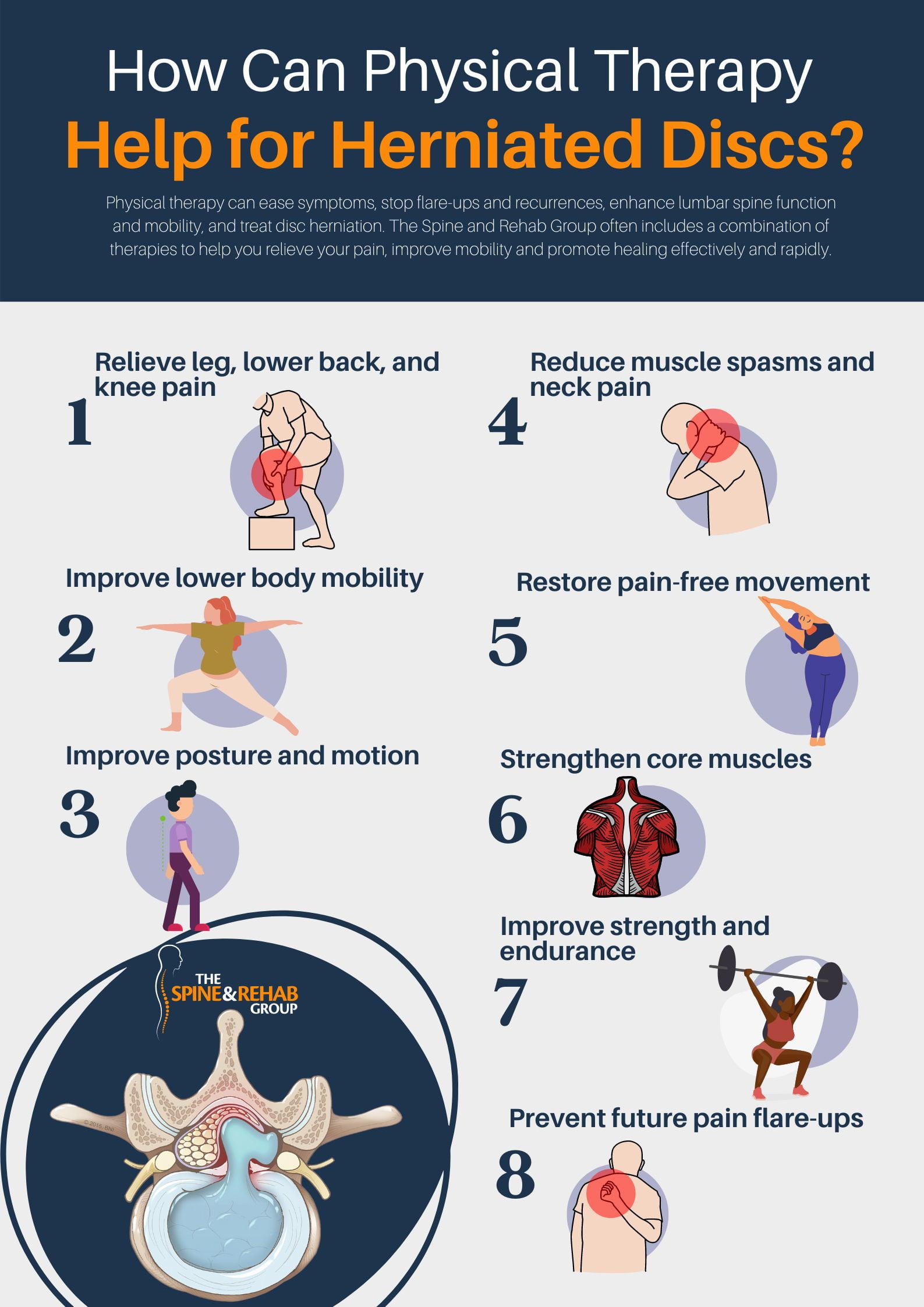Suffering is a universal experience, yet it remains one of the most misunderstood aspects of wellness and wellness. For countless of people around the world, persistent pain can overwhelm their daily lives, affecting not only physical health but also emotional well-being and overall quality of life. As knowledge of pain management services and therapies grows, so does the understanding of how diverse and innovative these methods can be. From state-of-the-art medical treatments to holistic approaches, individuals are more and more seeking solutions that best fit their individual needs.
In this thorough guide, we will explore various pain management strategies, tackling the subtleties between acute and long-lasting pain, and investigate how pain management clinics are revolutionizing patient care. Understanding the mechanisms of pain and the psychological factors involved can empower patients to take control of their pain management process. We will delve into therapies ranging from physical therapy to mindfulness practices, empowering readers with knowledge about options that can lead to a better, painless life. Whether you are seeking relief for a specific condition or looking to enhance your overall well-being, this guide will equip you with essential insights and actionable information on overcoming pain.
Comprehending Discomfort: Forms and Management

Pain is a complicated experience that can be divided into various types, primarily sudden and chronic suffering. Sudden pain typically emerges unexpectedly and is often connected to a specific damage or sickness, serving as a alert that there may be off in the system. It usually disappears once the underlying cause is addressed. Long-term discomfort, on the flip side, lasts over time, often continuing for long durations or even more time. my website can be a consequence of extended harms, health conditions, or may occur without any obvious cause, profoundly influencing a individual's quality of life.
Treatment of suffering varies depending on its type and underlying causes. Efficient strategies for acute suffering may encompass pharmaceuticals, physiotherapeutic therapy, and respite, concentrating on alleviating symptoms while addressing the root issue. Chronic suffering control is more complex and may include a combination of approaches such as drugs, physiotherapy rehabilitation, and holistic treatments. Every control plan is designed to the person, taking into account their specific needs, pain history, and reaction to treatment.
A team-based approach is often helpful in managing pain efficiently. This may include suffering control clinics where specialists collaborate to create comprehensive management plans. Such services can feature interventional methods like nerve block injections or radiowave ablation, in addition to physical therapy, chiropractic care care, and daily living modifications. Comprehending the categories of pain and the various control choices available empowers clients to take an proactive role in their discomfort control path.
Innovative Therapies for Pain Relief
As the field of pain management develops, innovative therapies are emerging that offer new promise for patients dealing from various types of discomfort. One such approach gaining traction is the use of regenerative medicine, which leverages the body's innate ability to heal itself. Therapies like stem cell therapy and PRP injections are at the forefront, aimed at repairing damaged tissues and minimizing inflammation. These treatments not only target the signs of pain but also target underlying causes, potentially providing long-lasting comfort.
Another encouraging approach includes the use of neuromodulation methods, including transcutaneous electrical nerve stimulation (TENS) and spinal cord stimulation. These techniques function to change the way pain messages are sent to the brain, effectively lessening the perception of pain. TENS therapy, in particular, is known for its non-invasive nature, making it an attractive option for those looking for alternative pain relief without medication. Such innovations highlight the transition towards customized pain management strategies that focus on specific patient needs.
Moreover, the integration of mindfulness and holistic practices in pain management has gained significant attention. Techniques such as yoga and meditation not only promote relaxation but also help individuals develop a greater awareness of their physical condition and pain. Research shows that these mental health practices can enhance physical treatments by improving coping mechanisms and reducing stress, which often exacerbates pain. By combining traditional and alternative treatments, patients are discovering more comprehensive approaches that cater to both their physical and mental well-being.
Lifestyle Strategies for Pain Control
Integrating lifestyle modifications into your everyday routine can play a major role in controlling pain effectively. One of the most effective strategies is keeping a regular fitness routine. Low-impact activities such as strolling, doing laps, or riding a bike can assist strengthen muscles, improve flexibility, and elevate mood. It is crucial to select exercises that you enjoy and can sustain over time, which will not only aid in pain relief but also enhance your overall well-being. Always check in with https://dev-westudy.accedo.gr/members/pigeonviolin9/activity/2252511/ before beginning any new exercise program, especially if you have pre-existing pain conditions.
Nutrition also holds a crucial role in pain management. Embracing an inflammation-reducing diet loaded in fruits, vegetables, lean proteins, and healthy fats can help reduce inflammation and pain levels. Foods like blueberries, fatty fish, and leafy greens are known for their inflammation-fighting properties. Additionally, staying hydrated and limiting processed foods and sweets can help to lower pain levels. Being mindful of diet is an integral component of a comprehensive approach to pain management that can result in long-term benefits.
Finally, mental health techniques like awareness and stress reduction techniques are vital for managing pain. Methods such as meditation, yoga, and controlled breathing exercises can help lower stress and tension, which often worsen pain. Regularly engaging in activities that promote relaxation and mental well-being can foster a better relationship between mind and body, leading to improved pain tolerance. Establishing a balanced lifestyle that incorporates physical activity, proper nutrition, and mental health practices can significantly enhance pain management efforts.
